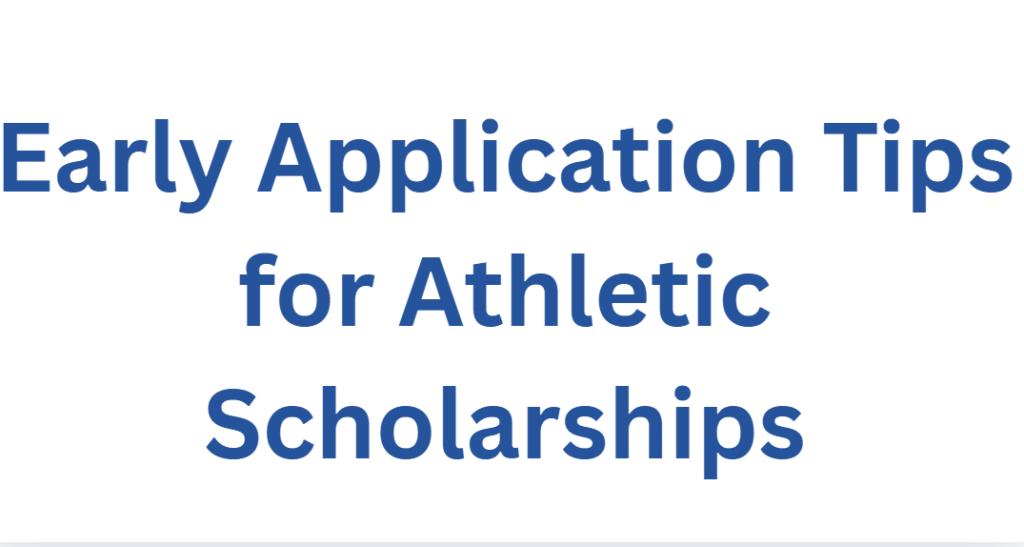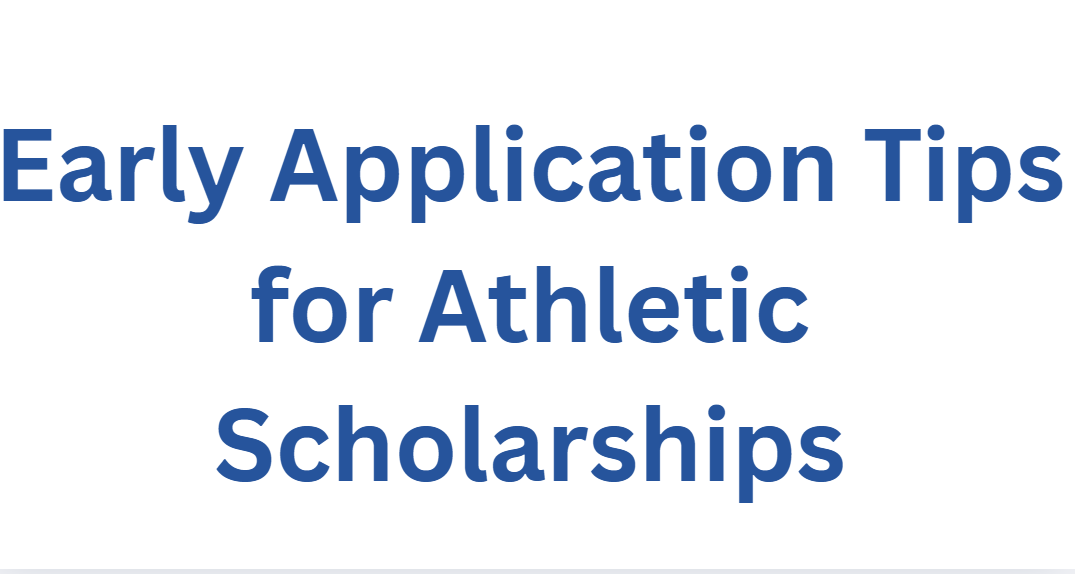
Getting an athletic scholarship can be a life-changing opportunity for student-athletes who want to play sports while earning a college degree. However, many students miss out on these scholarships simply because they start the process too late. Applying early can increase your chances, give you more options, and allow you time to prepare a strong application.
If you’re aiming to secure an athletic scholarship, here are key tips that will help you start early and stay ahead of the competition.
Start Preparing in Your Junior Secondary Years
One of the biggest mistakes student-athletes make is waiting until their final year of secondary school to get serious about scholarships. Most college coaches and recruiters start scouting talents at least a year or two before admission. If you begin preparing in SS1 or SS2, you’ll have time to improve your game, gather materials, and build relationships with college programs.
Focus on improving both your athletic performance and academic grades. Most scholarships require a minimum GPA and standardized test scores (like SAT or ACT if you’re applying internationally), so balance your training with schoolwork.
Research Scholarships that Match Your Sport and Skills
Not all athletic scholarships are created equal. Some schools offer full-ride scholarships, while others provide partial financial support. Also, different sports receive different levels of funding. Football and basketball often get more attention, but sports like track and field, swimming, volleyball, and tennis also offer great opportunities.
To make your research easier:
- Visit school websites and look for their athletic scholarship programs
- Use scholarship search engines like NCSA, Cappex, or the NCAA website
- Ask your coach or sports mentor for guidance on programs they know
Build an Impressive Sports Profile
Your athletic resume is just as important as your academic one. Coaches want to see your growth, achievements, and potential. A good sports profile should include:
- Your name, height, weight, and sport position
- Key stats or times (e.g., goals scored, sprint time, jump height)
- Highlights of major competitions or awards
- A link to your video highlights or full game footage
Keep it clear and professional. Add recent action clips that showcase your skills, decision-making, and team contribution. Coaches get many applications, so make sure your videos and resume grab attention quickly.
Connect with College Coaches Early
Don’t wait for recruiters to find you—reach out first. Sending introductory emails to coaches shows confidence and interest. Keep your message short and focused:
- Introduce yourself with basic details
- Mention your achievements and interest in their program
- Share your video link and academic info
- Thank them and show you’re open to learning more
Follow up after a few weeks if you don’t hear back. Be polite and professional.
Register with Relevant Sports Associations
If you’re in Nigeria or other countries outside the US, joining national or regional sports organizations can increase your visibility. For students aiming to apply to US colleges, register with the NCAA Eligibility Center or NAIA Eligibility Center early. These bodies confirm that you’re academically and athletically eligible to compete in college sports.
If you’re applying to universities in the UK, Canada, or Australia, check if they require clearance from their sports boards or institutions.
Apply Before the Deadline
Some athletic scholarships follow a rolling basis, but many have strict deadlines that may be months before the academic year starts. Applying early gives you time to correct mistakes, meet eligibility requirements, and prepare for any interviews or trials.
Here’s how to stay ahead:
- Make a calendar of application deadlines
- Set personal deadlines at least 2–4 weeks before the real one
- Organize your documents early (transcripts, recommendation letters, videos, etc.)
Maintain Communication and Stay Updated
After applying, stay in touch with coaches or admission offices. Update them on any new achievements, injury recovery, academic progress, or upcoming competitions. This shows dedication and keeps you top of mind.
Also, stay active on platforms like LinkedIn or student-athlete portals where coaches may be looking for talent.
Final Thoughts
The earlier you begin your athletic scholarship journey, the better your chances of getting noticed and selected. From building your resume and creating a highlight video to reaching out to coaches and applying before deadlines, every step counts.
